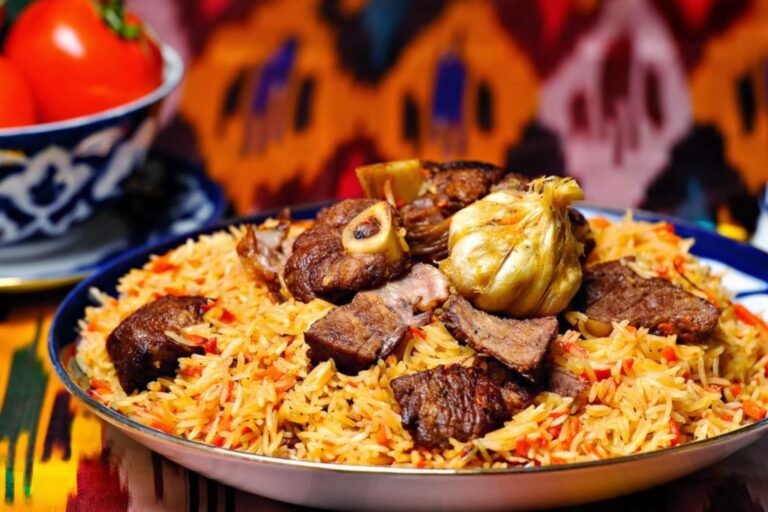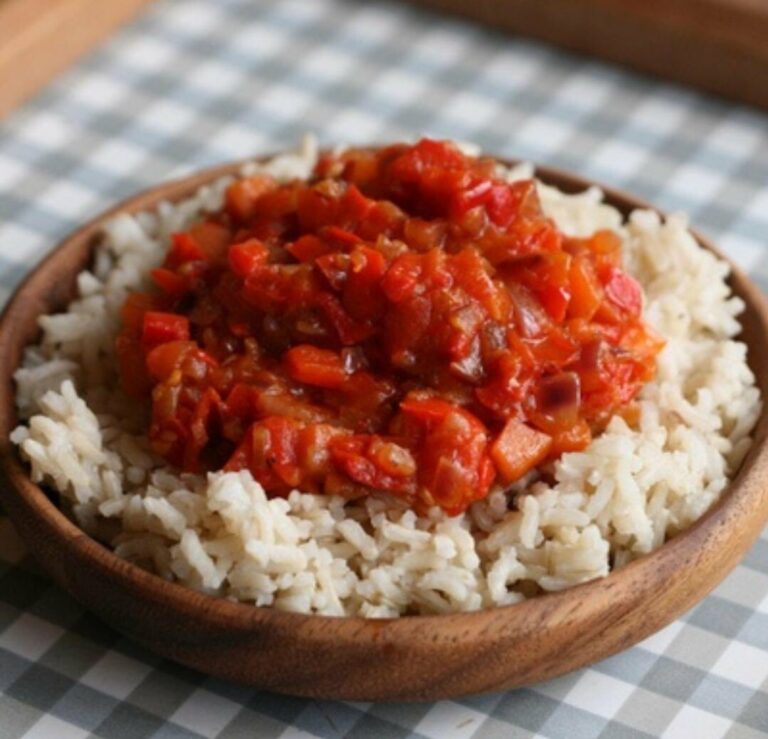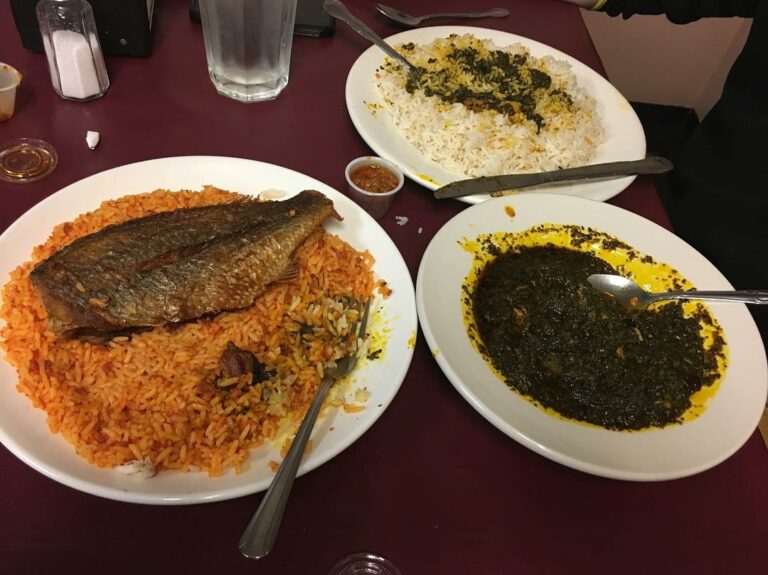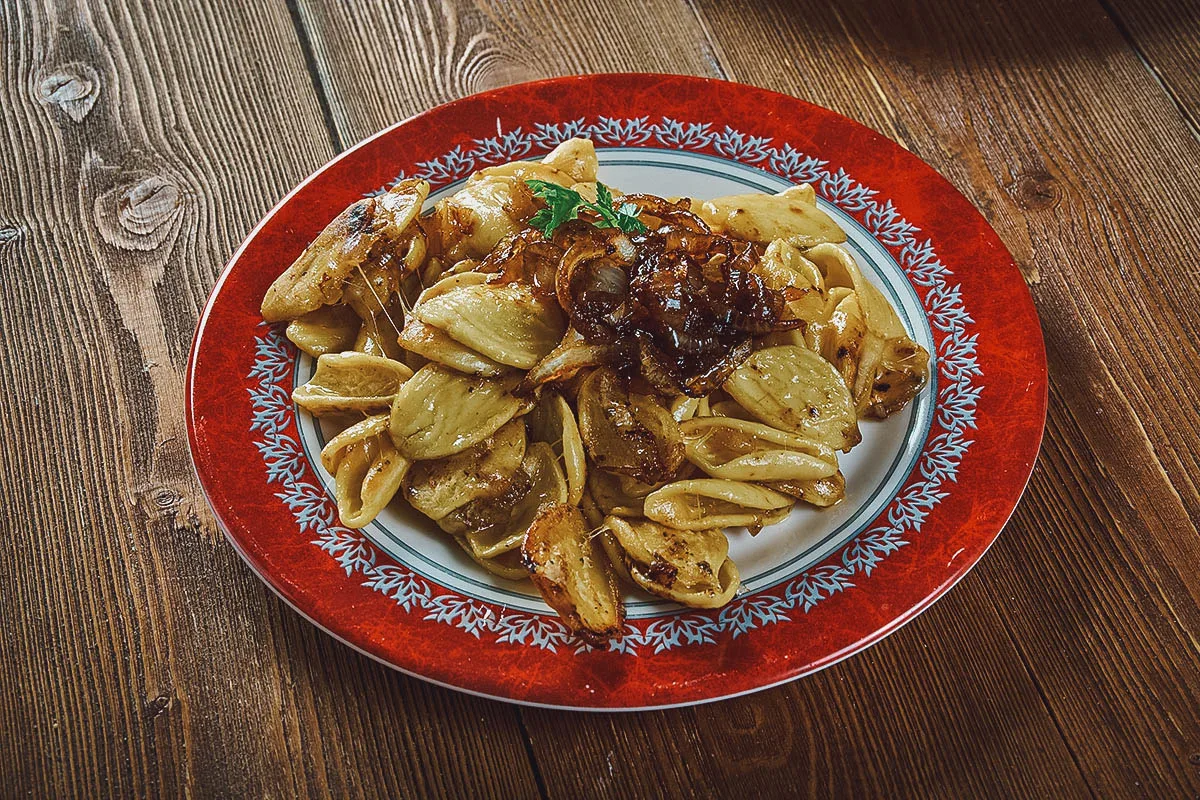Introduction
Breakfast is considered the most important meal of the day. The Kenyan breakfast, like other meals, is a reflection of the diverse cultures, lifestyles, and economic activities in the country. The Kenyan breakfast menu is extensive, but the staple foods, dishes, and beverages vary depending on the region, social status, and individual preference.
Staple Foods
The Kenyan breakfast mainly comprises of carbohydrates, with the most common being maize, wheat, rice, and cassava. Ugali, a maize flour porridge, is a staple in most Kenyan households, especially in the rural areas. Other popular staple foods include chapati, a wheat-based flatbread, and mandazi, a sweet fried bread made from flour, yeast, coconut milk, and sugar.
Popular Dishes
The Kenyan breakfast menu is rich, with a variety of dishes to choose from. Some of the popular dishes include githeri, a stew made from boiled beans and maize, and samosas, a pastry with a savory filling of minced meat or vegetables. Another famous breakfast dish is mbaazi wa nazi, a pea and coconut milk curry served with rice or chapati. Other dishes include boiled eggs, fried or boiled plantains, and bacon.
Beverages
The Kenyan breakfast menu is incomplete without a hot beverage, usually tea or coffee. Tea is the most popular beverage in Kenya, with chai being the most common type. The tea is flavored with milk, sugar, and spices such as ginger, cardamom, and cinnamon. Coffee is also popular, mainly grown in the central region of Kenya. Other beverages include fresh fruit juices, such as passion fruit, mango, and pineapple, and milk.
Regional Variations
The Kenyan breakfast menu varies depending on the region. In the coastal regions, seafood is a common addition to the morning meal, with dishes such as fish curry and grilled prawns being popular. In the western region, the most common dish is obusuma, a millet or sorghum flour porridge. In the northern regions, traditional dishes such as camel milk and meat are common.
Conclusion
In conclusion, the Kenyan breakfast menu is rich, diverse, and reflects the country’s cultural and economic diversity. The staple foods, dishes, and beverages vary depending on the region, social status, and individual preference. Despite the differences, one thing is sure, a Kenyan breakfast is always a wholesome and satisfying meal.









